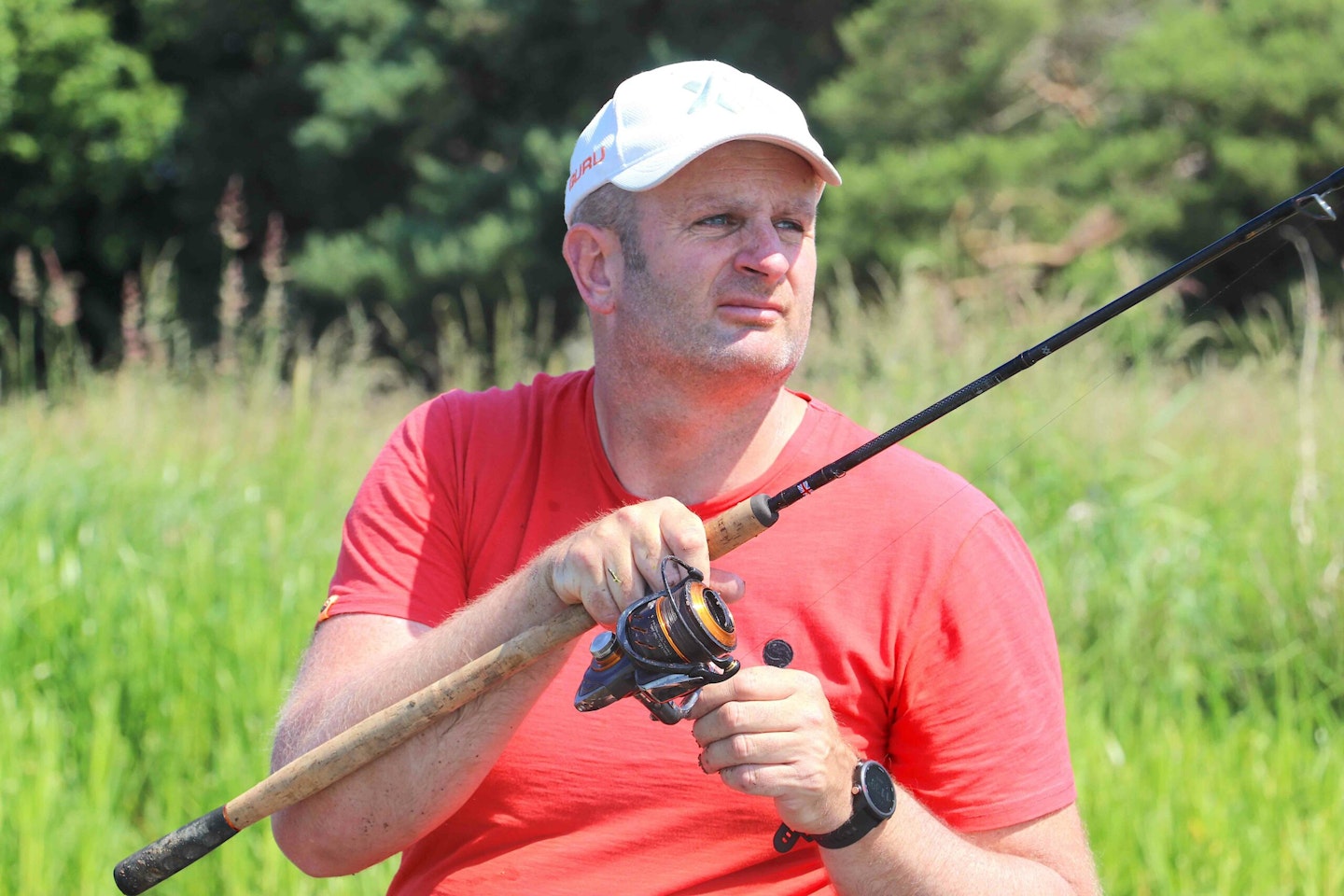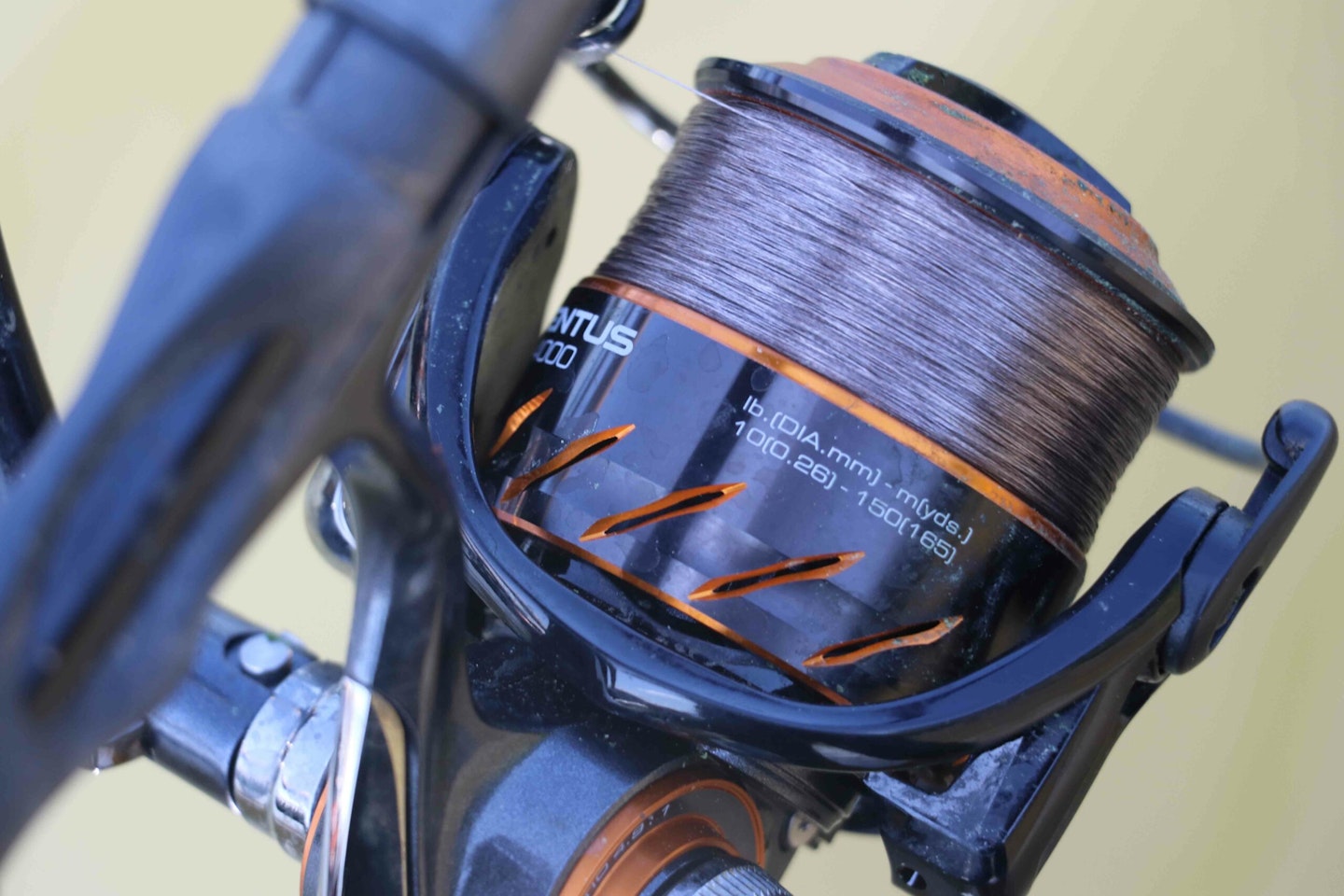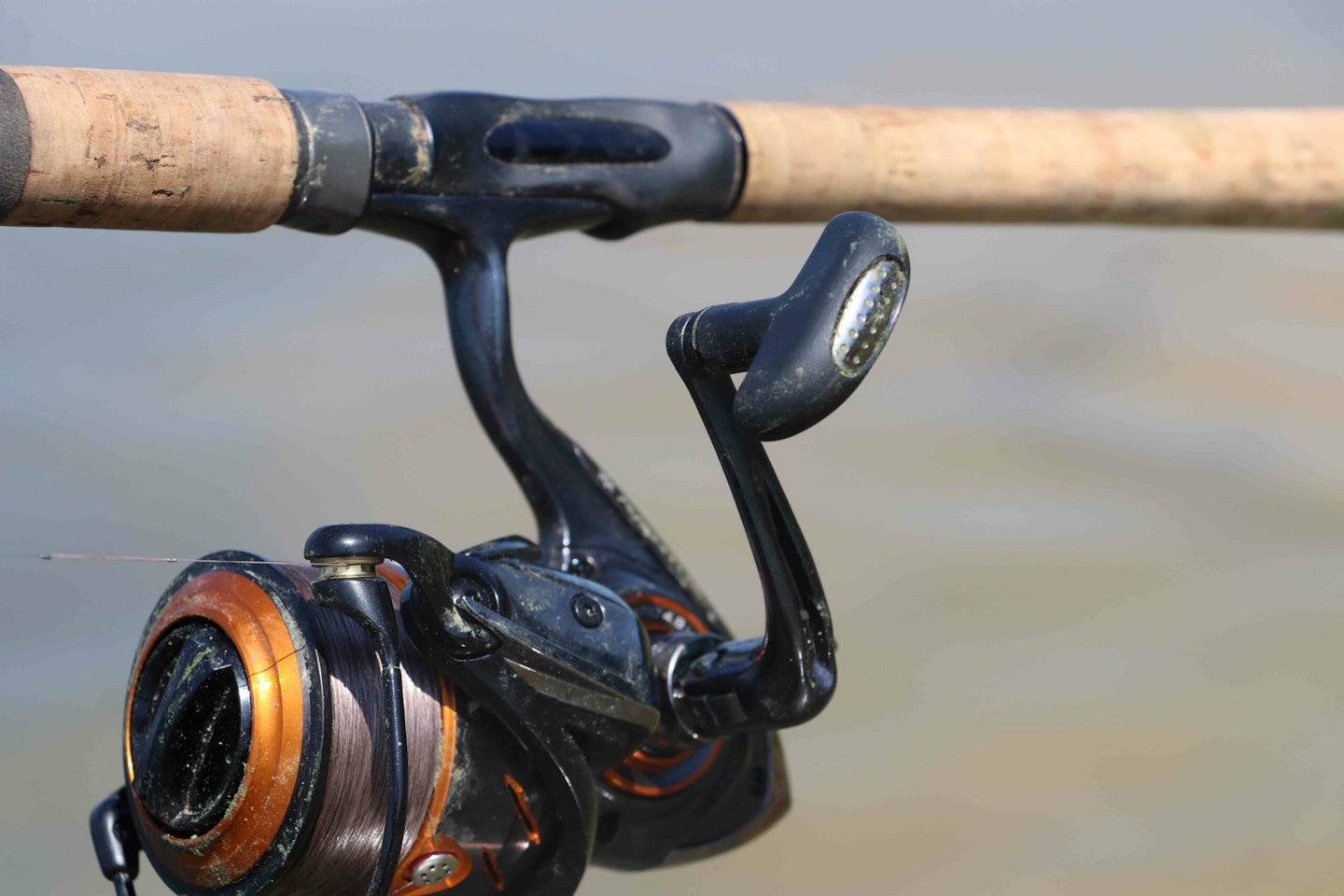When we all began fishing, we probably had only one reel that we used to do everything, from stick float fishing on rivers, to casting a feeder for bream, or even doing battle with big carp in the early days of commercial fisheries – it’s amazing that those reels lasted as long as they did!
As we progressed, though, tackle became more specialised and we moved on to having one reel for feeder fishing, another for float work and maybe even a beast for taking on big fish. Fast-forward to fishing at the top level in my situation, and I now have dozens of reels. They’re not for show, though – each one has to be right for the job.
There’s no point in using a small float fishing reel for long casts on the feeder while, equally, fishing the pellet waggler just doesn’t feel right if the reel is too big.
Having the right one strapped to your rod not only means that you’re more efficient on the bank, it’ll also make things a lot less of an effort into the bargain.
IF YOU ARE LOOKING FOR A NEW REEL, OUR BUYER'S GUIDE HAS SOME GREAT OPTIONS ON A BUDGET!

The numbers game
Sizes of reel are talked about in numbers, such as a 2000 or 4000-sized models. This reveals how much cranking power each one has – a 4000 has more ‘guts’ and is for big feeders and fish, but a 2000 is better for silver fish on float tactics.
IF YOU NEED A REEL FOR METHOD FEEDER FISHING, AIM FOR ONE AROUND THE 4000 SIZE.

Use a shallow spool
I always choose a reel with a shallow spool – there’s no need for hundreds of yards of line! A deep spool needs backing up, which is an unnecessary cost, plus I also think a shallower spool helps the line to peel off more smoothly when casting.
REELS WITH SHALLOW SPOOLS ARE BEST USED ON THE BEST SILVERFISH RODS.

Single handles rule
Double handles were once all the rage, the thinking being that two handles made for better balance and you could always locate the handle without looking. I’m not convinced. Most reels today give you the choice – I’d pick a single handle.
SINGLE OR DOUBLE? THE BEST FISHING REELS WILL GIVE YOU THE CHOICE.

When to go big
There is one specialised reel that I have to do a specific job, and that’s for casting big and heavy bait-up feeders or spods. I use a dedicated mini big pit model, which is a slimmed down version of the monsters that carpers use.
YOU CAN BAIT UP FAR MORE ACCURATELY WITH ONE OF THE BEST BAIT UP RODS.

